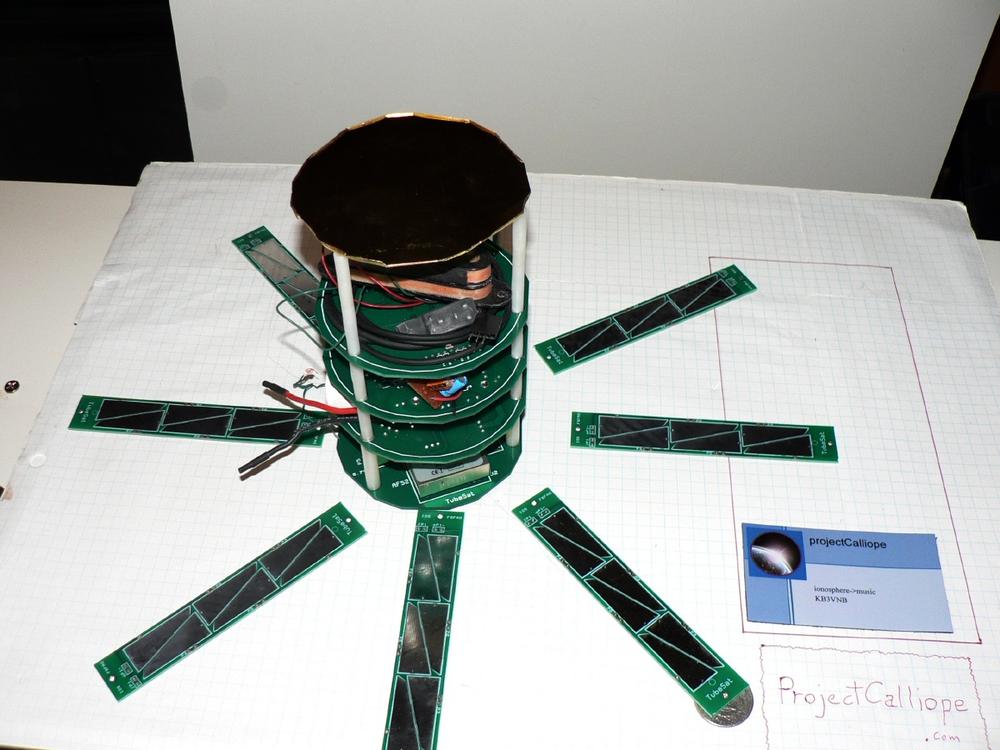Can any hobbyist build a satellite? Our DIY guide steps you through designing and building a base picosatellite platform tough enough to withstand launch and survive in orbit. If you have basic maker skills, you can build a space-ready solar-powered computer-controlled assembly suitable for attaching instruments and rocketing into space.
Our fundamental premise is that anyone can build a satellite. In Chapter 1, we cover things you can do in space, science and engineering concepts, art/science hybrids, AMSATs, and the potential for advanced concepts such as constellations of satellites. Invent the future!
Chapter 2 discusses the basics of electronics, parts, PCB fabrication, and dealing with suppliers, and has some notes on learning reflow soldering. Chapter 3 then looks at the primary picosatellite chassis that you will use. Choose CubeSats or TubeSats, and you’ll find a variety of rigid frame designs, all with the purpose of giving you an instrument bay for your mad experiment.
Chapter 4 discusses satellite power budgets and the limits on solar and battery power, while Chapter 5 provides a quick overview of flyable Arduino and BasicX-24 onboard processors.
To get it up there, you’ll need a rocket (Chapter 6), and you’ll need to plan then execute your entire build—hopefully aided by the milestone checklists in Chapter 7.
By the end of this book, you should have a strong grounding in the requirements for building a picosatellite that will launch into space. We also recommend the other books in this series: our design, testing and integration book Surviving Orbit the DIY Way, designing a mission goal using the power of science with DIY Instruments for Amateur Space, and getting your data back to ground with DIY Data Communications for Amateur Spacecraft.
In the meantime, I have picosatellites to build! (See Figure 1.)
The following typographical conventions are used in this book:
- Italic
Indicates new terms, URLs, email addresses, filenames, and file extensions.
Constant widthUsed for program listings, as well as within paragraphs to refer to program elements such as variable or function names, databases, data types, environment variables, statements, and keywords.
Constant width boldShows commands or other text that should be typed literally by the user.
Constant width italicShows text that should be replaced with user-supplied values or by values determined by context.
Tip
This icon signifies a tip, suggestion, or general note.
Caution
This icon indicates a warning or caution.
Get DIY Satellite Platforms now with the O’Reilly learning platform.
O’Reilly members experience books, live events, courses curated by job role, and more from O’Reilly and nearly 200 top publishers.


